Route
Pictures and introductions of each inspection route, specifying the inspection method and transportation guarantee, etc
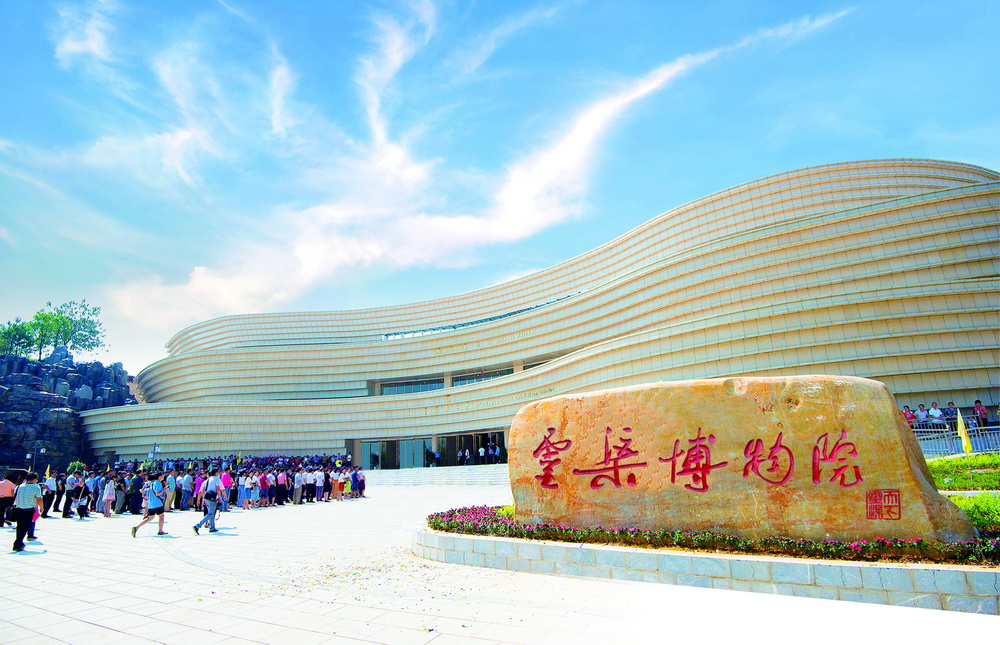
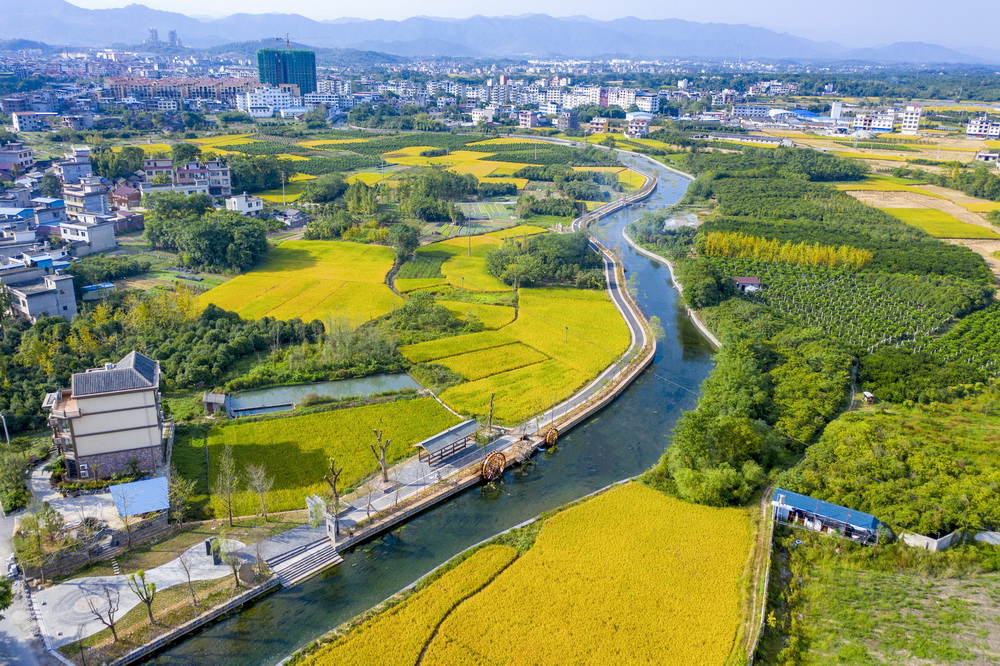

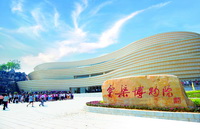


Lingqu Exploration Line
On site investigation of the "living fossil" of water conservancy in the Qin Dynasty, decoding the engineering wisdom of two thousand years ago
Lingqu Canal is an ancient canal connecting the Yangtze River and the Pearl River water systems. It was excavated in 214 BC and has been in continuous use ever since. Together with Dujiangyan Irrigation Project in Sichuan Province and Zhengguo Canal in Shaanxi Province, it is known as the three major water conservancy projects in the process of Qin's unification of China. It has been recognized by the International Industrial Heritage Protection Committee (TICCIH) as "an important historical site of canals in the world". In 2018, it was honored as the "World Irrigation Project Heritage" and "the Pearl of Ancient Water Conservancy Buildings in the World". The main works include the diversion works at the head of the canal, the south canal and the north canal.
Xing'an County, Guilin City
The organizing committee provides public vehicles
Lijiang Scenic Line
Immersive experience of the Eastern aesthetic conception of "landscape boats"
The Lijiang River originates from Mao'er Mountain, the first peak in South China, and belongs to the upper reaches of the Guijiang River of the the Pearl River water system, with a total length of 214 kilometers, and 100 kilometers flowing through the Lijiang River scenic spot. It was one of the first national scenic spots in 1982, the first 5A scenic spot in 2007, and a 700 square kilometer karst area was selected as a World Natural Heritage site in 2014. The karst peak forest landform in the Lijiang River Basin is concentrated, forming a ink painting scroll of "the river is like a green belt, the mountains are like blue jade hairpin", known as the pearl on the crown of the world's karst, and has won Guilin the reputation of "the best in the world". From Mopan Mountain to Yangshuo, the essence section of the cruise ship is 60 kilometers from Mopan Mountain to Yangshuo. The river channel is surrounded by green peaks, and the reflection is swaying. The dangerous beaches, secluded caves and bamboo fishing boats contrast with each other. Each scene is like a natural ink painting, which is the core tourist route to experience Guilin's landscape.
Yangshuo County, Guilin City
Cruise ships and organizing committees provide public vehicles






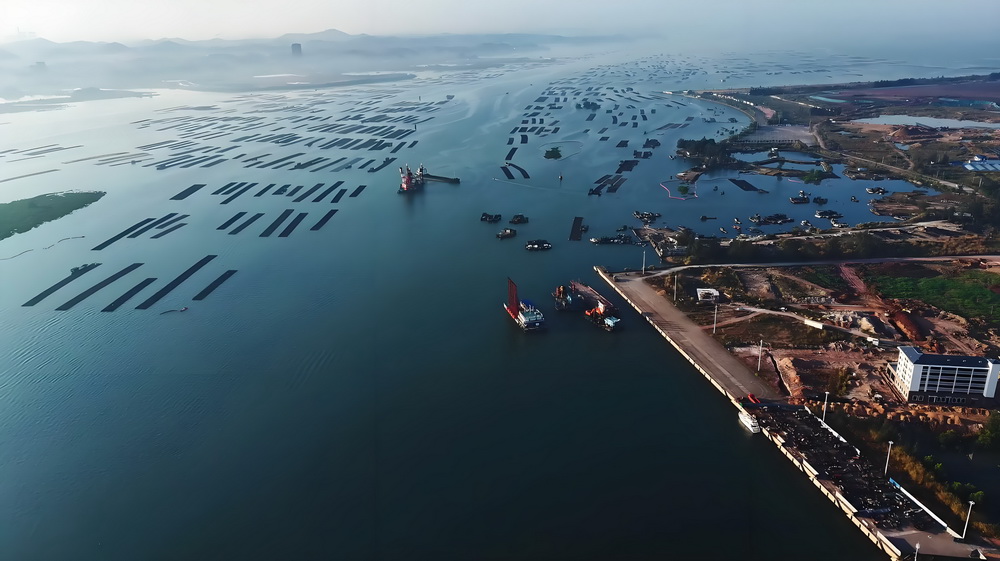
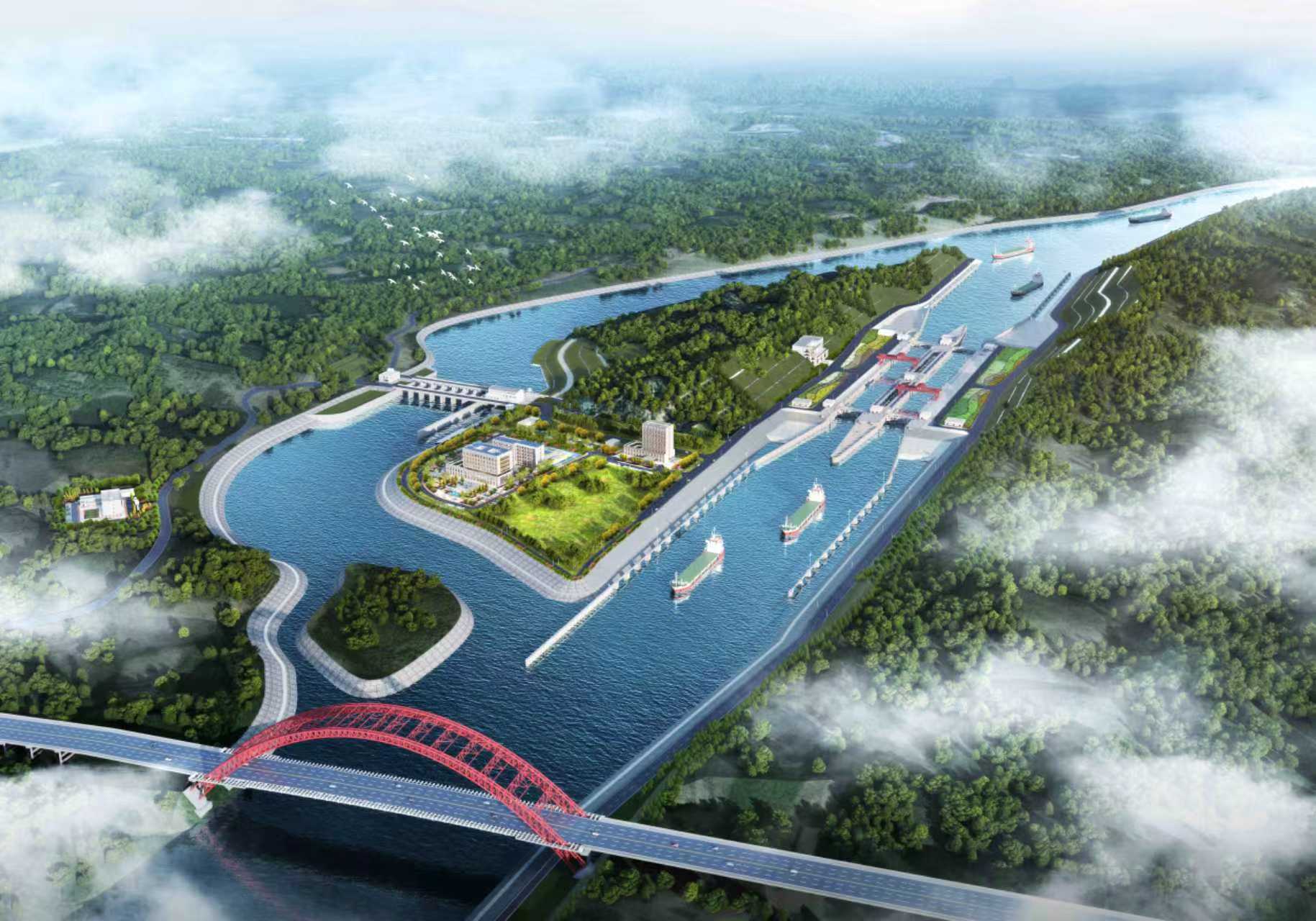
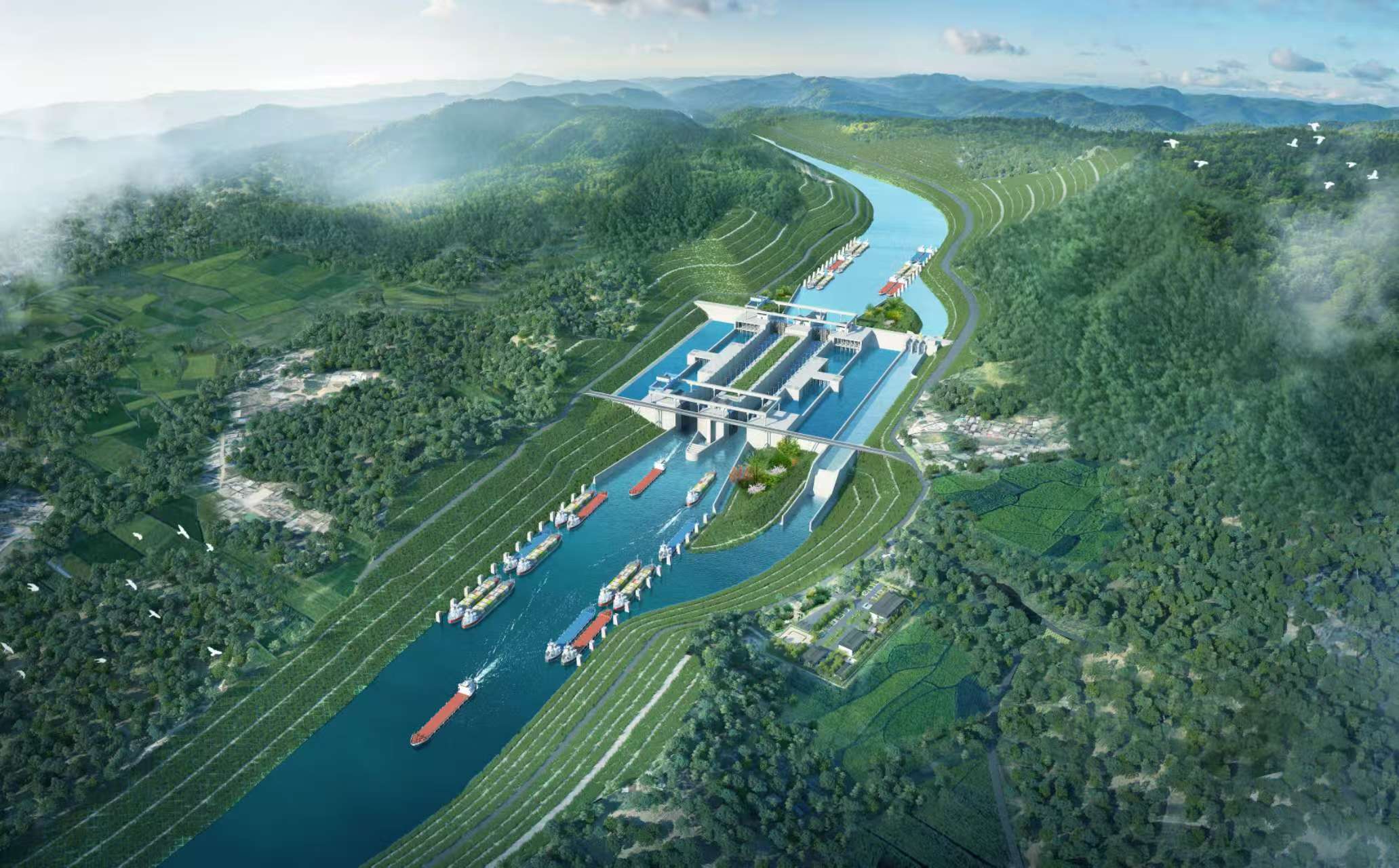
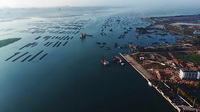


Pinglu Canal Line
Experience the technological innovation of the "Century Project" in the new era from zero distance.
The Pinglu Canal is a backbone project of the western land sea new channel, starting from the mouth of Pingtang River in Hengzhou, Nanning, passing through Lingshan County in Qinzhou and entering the Beibu Gulf. It is 134.2 kilometers long and is built as a first-class inland waterway. It can accommodate ships of 5000 tons and has an annual one-way capacity of 89 million tons. As a world-class project, the Pinglu Canal innovatively adopts a three tiered ship lock layout. The three major hubs of Madao, Qishi, and Qingnian are all equipped with double track single level ship locks. Among them, the Madao ship lock only has a single filling and discharging time of 16 minutes, and can accommodate six 5000 ton ships in 60 minutes. The water-saving technology of the ship lock reduces water consumption by more than 63%, saving over 1 billion tons of water annually. This project not only opens up the bottleneck of "river sea intermodal transportation" in Guangxi, but also directly connects the Xijiang shipping trunk line with the international hub port of Beibu Gulf, forming a strategic channel connecting ASEAN, which is of great significance for building a new development pattern of domestic and international dual circulation.
Qinzhou City
High speed trains and public vehicles provided by the organizing committee